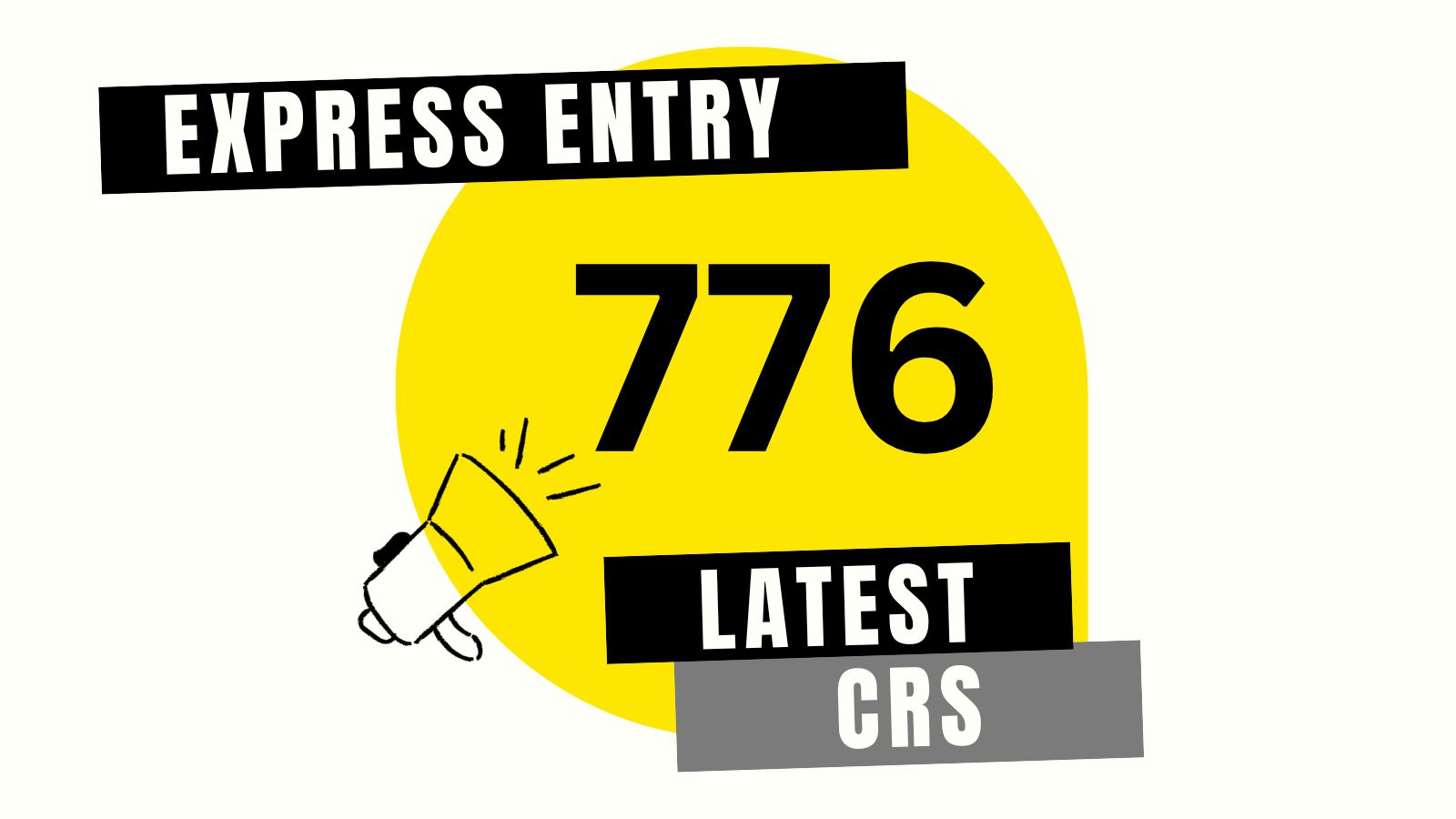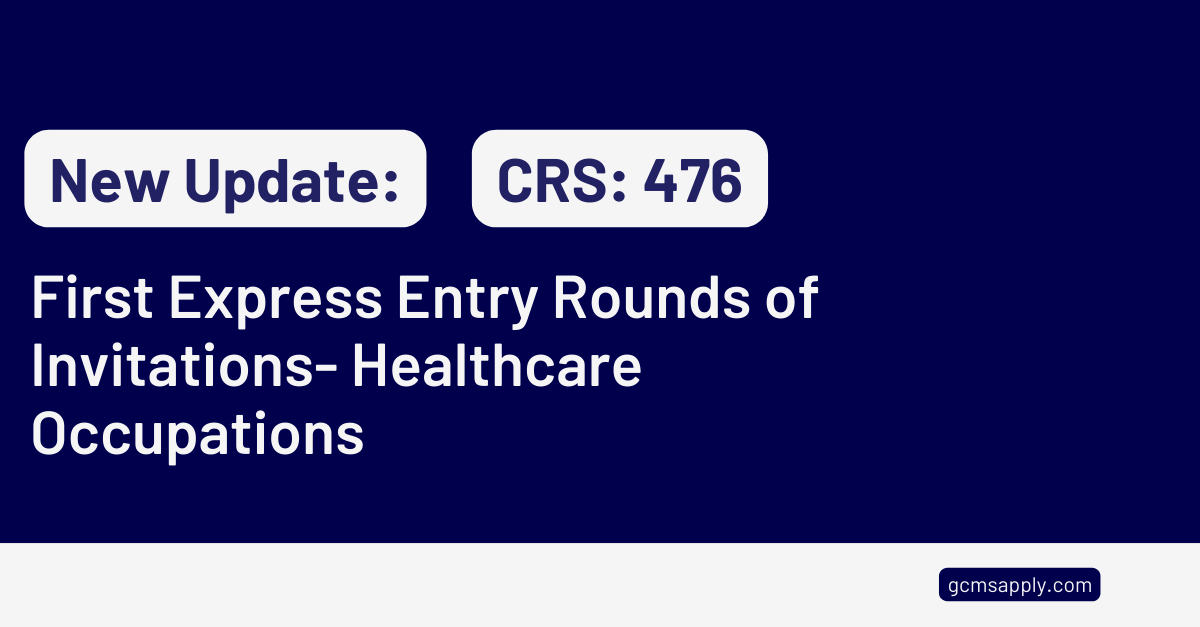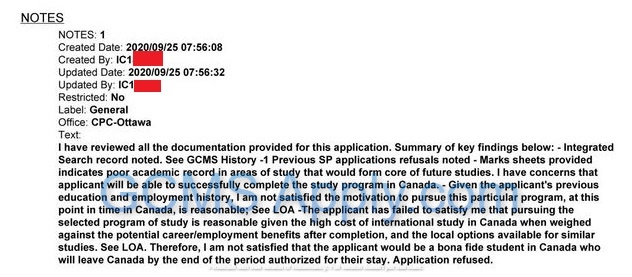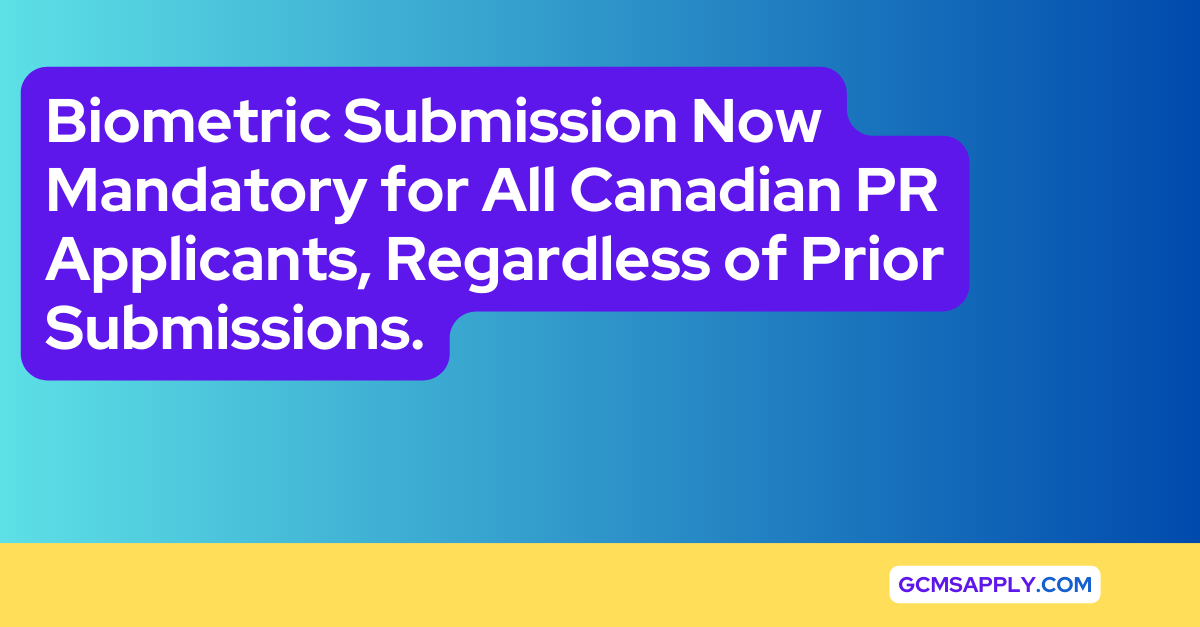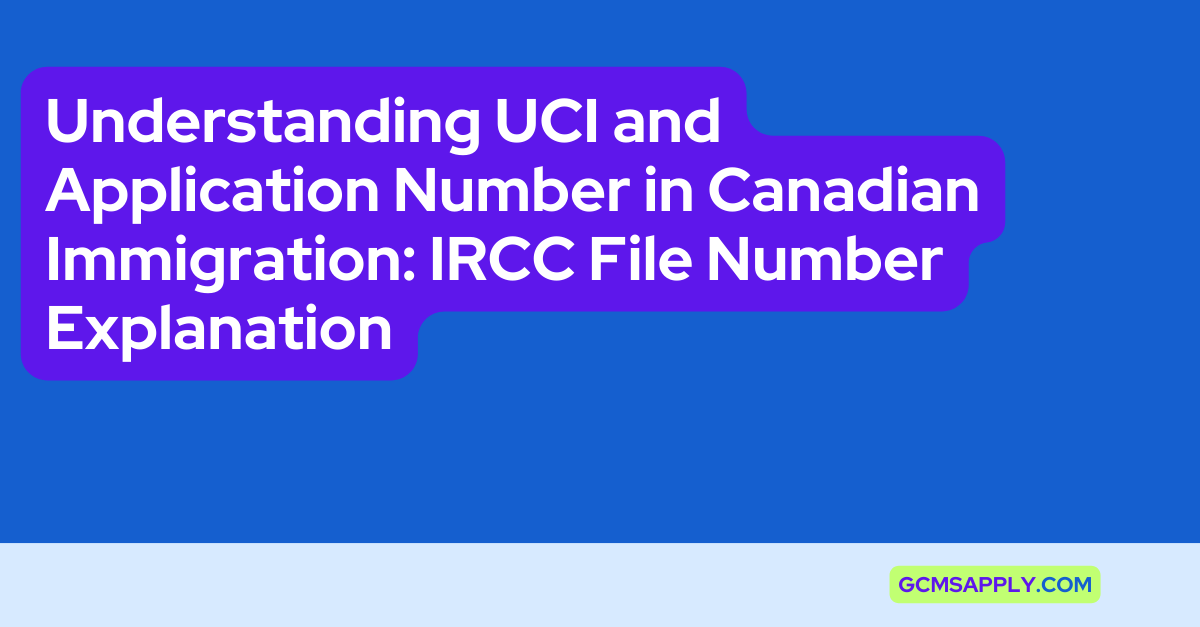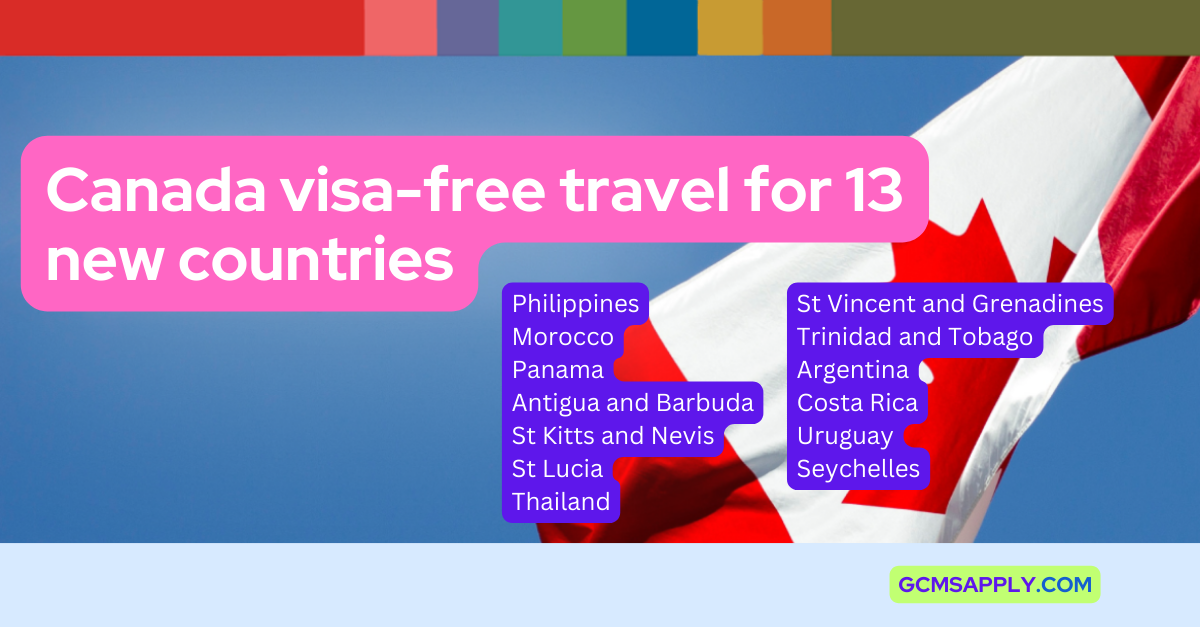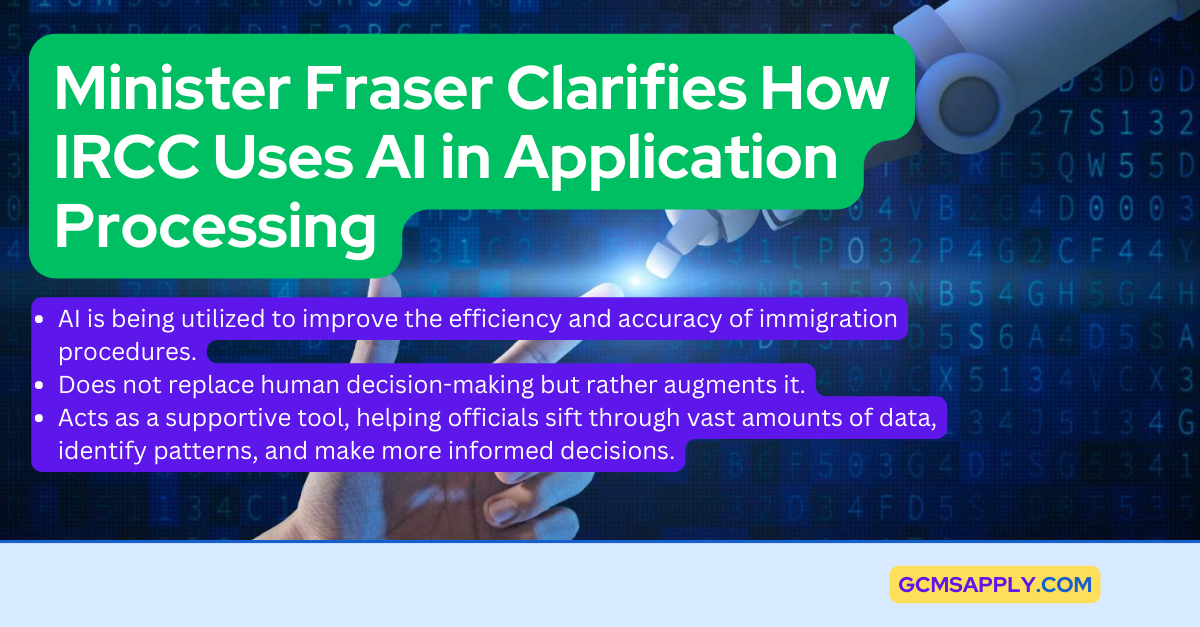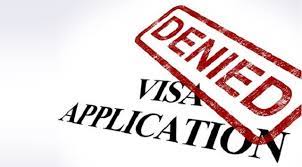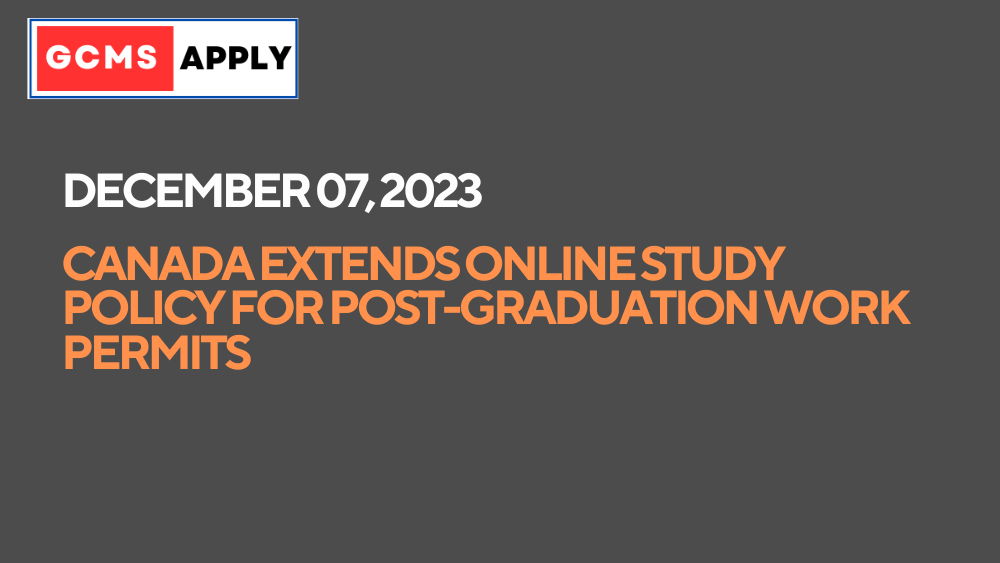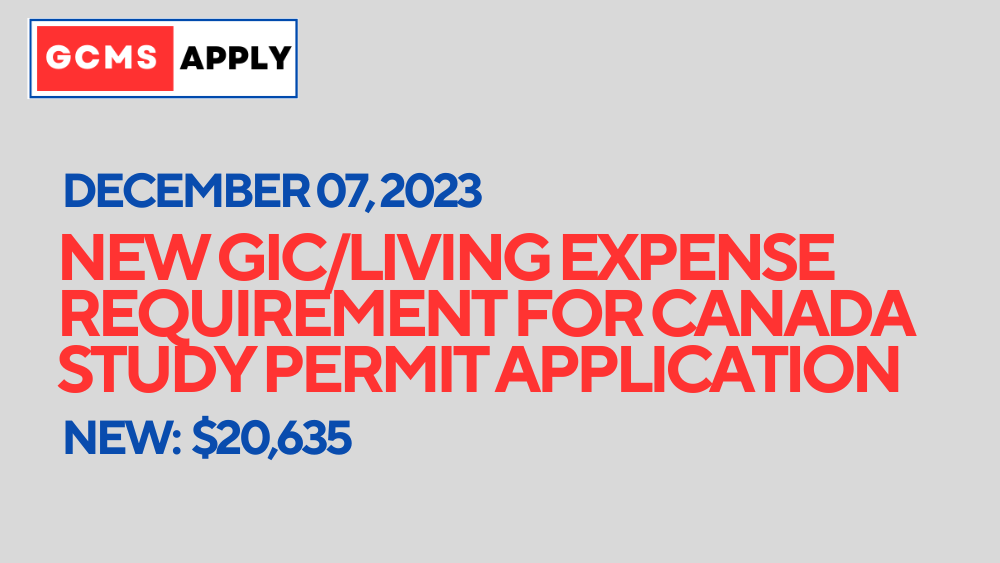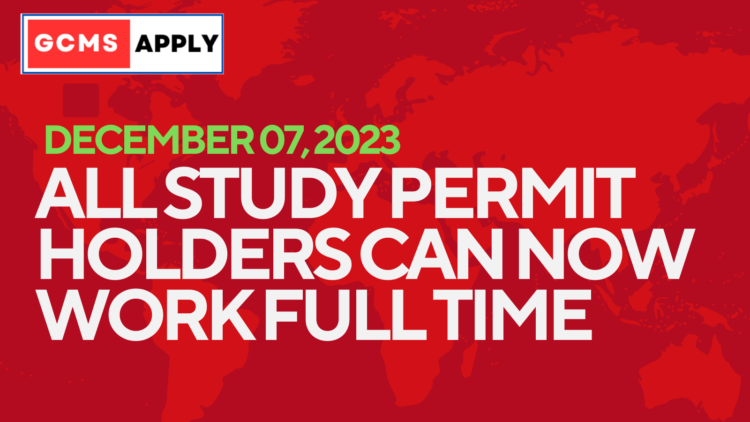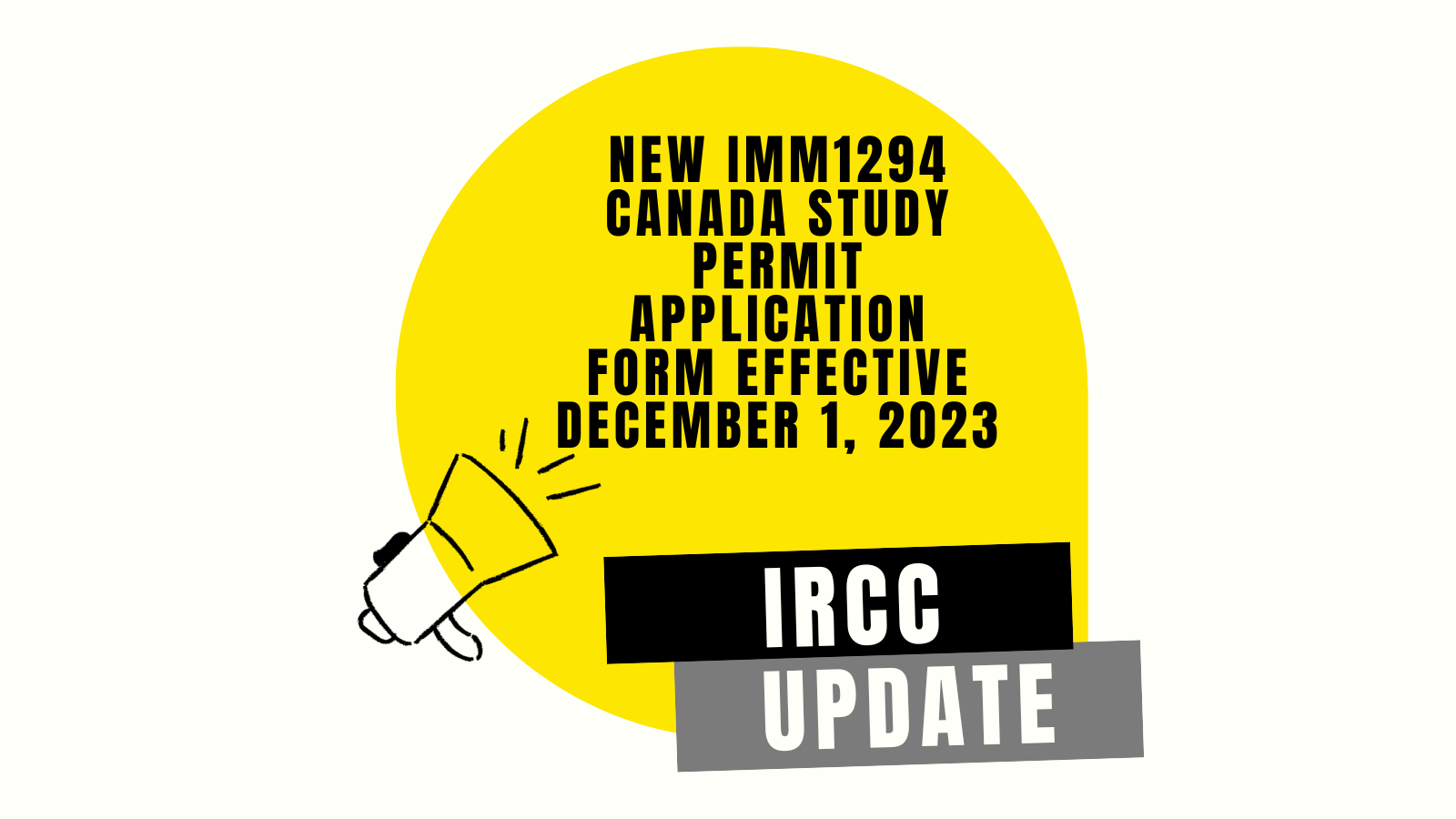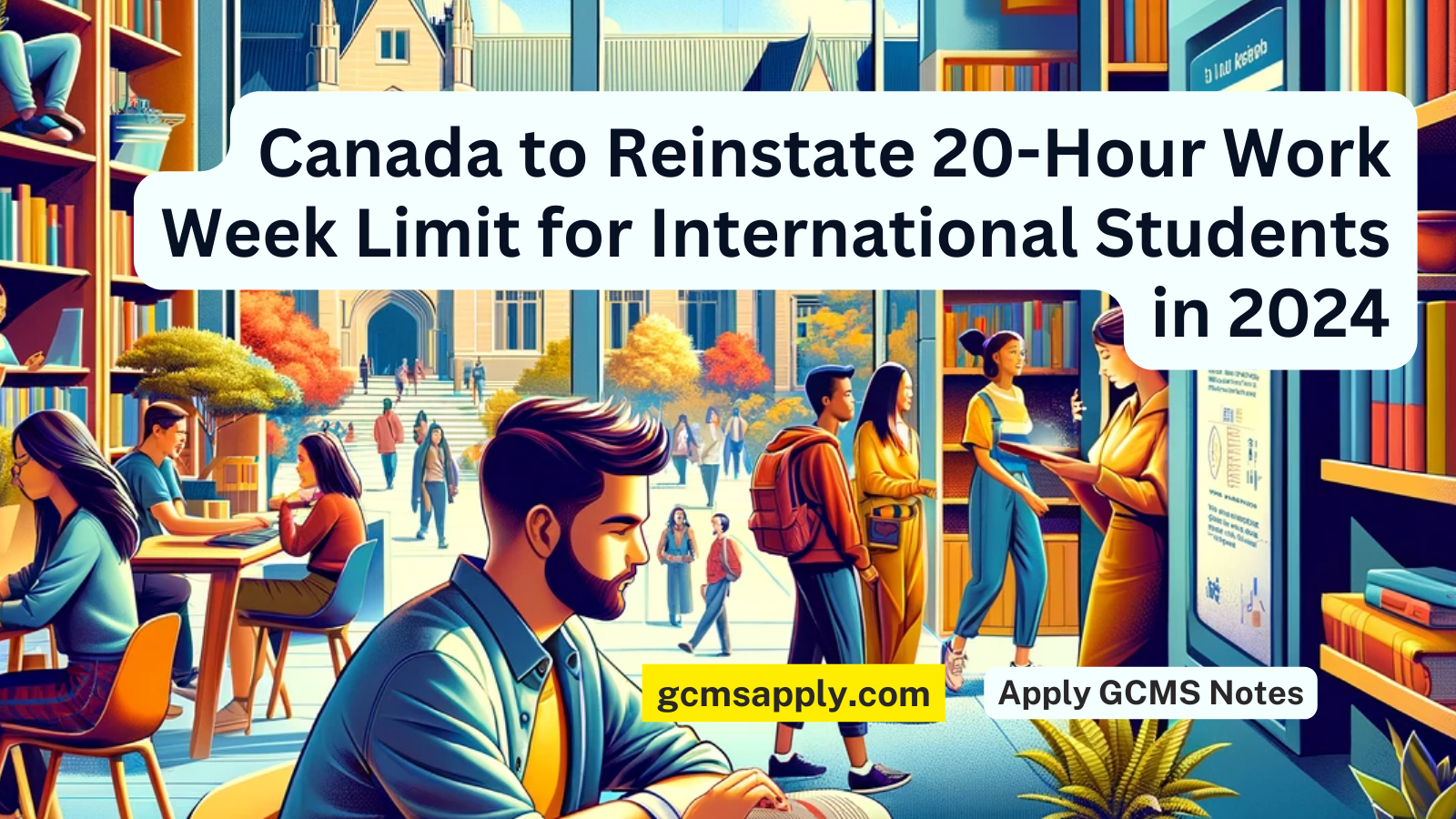Canada Immigration Application
Understanding UCI and Application Number in Canadian Immigration: IRCC File Number Explanation
What is UCI (Unique Client Identifier) in the context of Canadian Immigration? When engaging with IRCC (Immigration, Refugees…
Canada visa-free travel for 13 new countries
Sean Fraser, the Minister of Immigration, Refugees and Citizenship, made an announcement in Winnipeg today regarding the introduction…
Minister Fraser Clarifies How IRCC Uses AI in Application Processing
The Canadian government’s immigration department, Immigration, Refugees and Citizenship Canada (IRCC), has been harnessing the power of artificial…
PGWP Application in Canada: Why Last-Minute Submissions Can Result in Rejections
Submitting a visa application can be a stressful experience, especially if you’re unsure about the requirements and the…

Reason for Your Canada Immigration Application is Stuck
If you are one of the many people who have applied for immigration to Canada, you may be…

